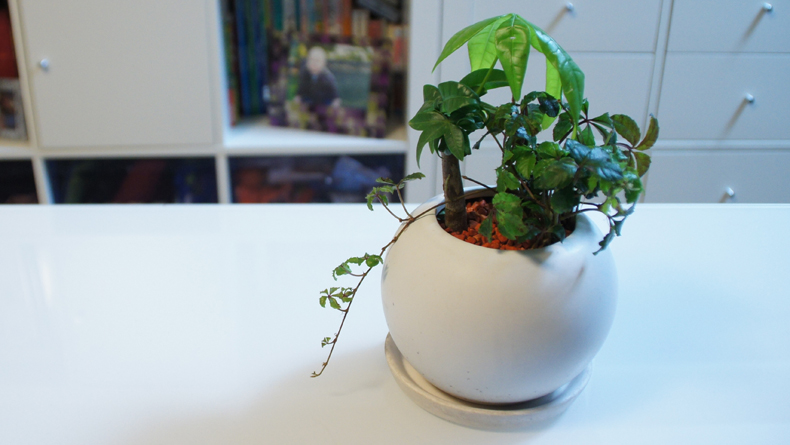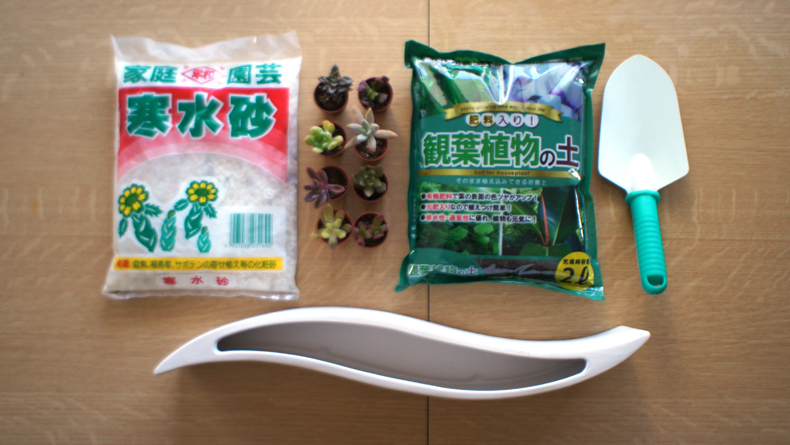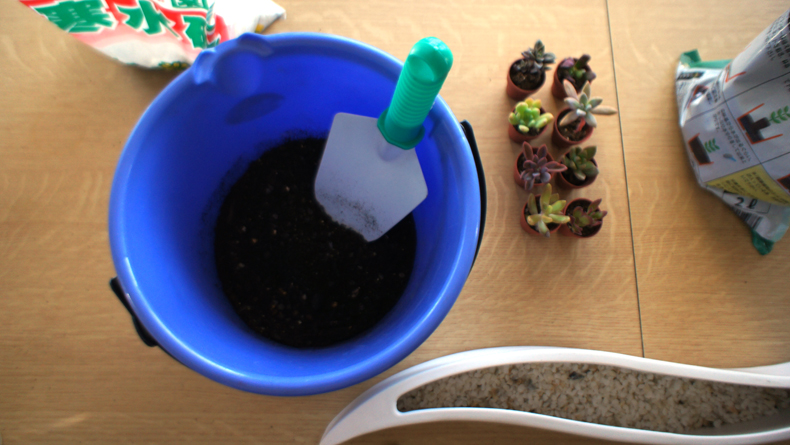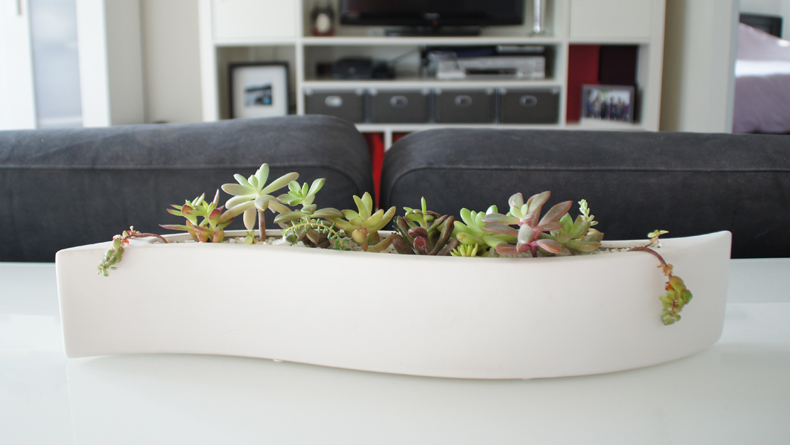Brighten Your Winter with Indoor Gardening
We're fortunate in Tokyo that our winters are not as gray and dreary as they can be in some other parts of the world, but they can still feel very cold and discourage us from going outside. But without a daily dose of vitamin D from the sun and fresh air from the trees and other plants, our moods can be effected in a negative way. One way to combat this is by filling our homes with fresh, living greenery.
Keeping plants indoors can have several positive benefits, such as improving the air quality, adding negative ions to the atmosphere, and of course just providing something beautiful and vibrant to look at. If you have the space, you may want to consider adding one or two larger potted trees as focal points in your home. But even in small apartments, there is always space for a little greenery.
You can of course buy pre-potted indoor plants at a florist or home center, but where’s the fun in that? Gardening—even if done inside and on a very small scale—can be very therapeutic and enjoyable. Just a few simple supplies are all you’ll need to get started on brightening up your home.
First choose a pot or container for your plants. This can be anything, from a plastic desk organizer from the 100 yen shop to a wide and shallow glass vase. I found the long ceramic planter above at the closeout sale of a local interior design shop, and I scored the round one at the top for free when a friend moved to a new place and had a bunch of stuff to give away. You’ll also need some potting soil, small pebbles for drainage and to decorate the surface, a small spade, and a bucket.
Next you’ll need to choose your plants. Consider where you plan to place them in your home, as well as your own habits and schedule. How much natural light does the spot get? Is it near a heater? How often will you remember to water your plants? Broad leafed greenery like the sugar vine above will require regular watering and natural sunlight, whereas succulents such as sedum are accustomed to drier soil. Some plants, such as million bamboo, can tolerate having very little natural light, as long as they receive ample water. If you’re unsure which plants are best for you, ask the staff at your local gardening shop for advice.
Start by adding an even layer of pebbles to the bottom of your chosen container. This should be at least half a centimeter deep, but you can add more for deeper containers. Next, use the bucket to mix more pebbles into the potting soil—about three parts soil to one part pebbles for succulents, and slightly less pebbles for broad leafed plants. This helps ensure proper drainage and reduces the chances of mold forming. Add the mixture to the container on top of the layer of pebbles.
Once your container is filled to about two to five centimeters from the top (depending on the size of the pots your plants came in), decide how you want to arrange your plants in the planter. Carefully transfer them from their original pots to your container, along with the soil that came with them. Lightly pat down the soil around their roots.
Finally, cover the top of the soil with a thin layer of pebbles in the color of your choice. Water your plants to help them adapt to their new home (if your planter has a hole in the bottom, you should add water until it drains out; otherwise add just enough to saturate the soil, but not so much that you drown your plants).
Display your plants proudly, and prepare to reap their benefits every day!
















Leave a Reply